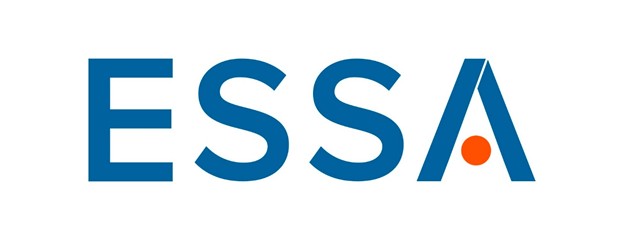G&A expenses were $2,895,542 (2021 - $3,117,900) for the three months ended June 30, 2022. Professional fees of $198,411 (2021 - $246,480) have decreased as there were collaboration contracts in the prior period. Salaries and benefits of $872,863 (2021 - $617,119) for the three months ended June 30, 2022 include annual bonuses paid to senior management and employees during the period. Directors’ fees of $84,750 (2021 - $84,750) are paid to directors for their membership on the Board of Directors and for Board committee membership based on an annual fee structure. Insurance expense of $482,080 (2021 - $242,323) has increased relative to the Company’s overall activity level and a market-wide increase in insurance costs.
Share-based payments for research and development team members were $872,531 (2021 - $1,243,792) and $718,469 (2021 – $1,540,150) for key management and personnel allocated to general and administrative costs. Share-based payments expense is non-cash and is estimated under the Black-Scholes method and expensed relative to vesting conditions for the underlying stock options.
Liquidity and Capital Resources
ESSA is a clinical stage company and does not currently generate revenue.
As of June 30, 2022, the Company has working capital of $171,150,678 (September 30, 2021 - $193,668,414). Operational activities during the three months ended June 30, 2022 were financed mainly by proceeds from the financings completed in July 2020 and February 2021. At June 30, 2022, the Company had available cash reserves and short-term investments of $174,595,903 (September 30, 2021 - $194,927,183) to settle current liabilities of $4,033,767 (September 30, 2021 - $3,929,663). At June 30, 2022, the Company believed that it had sufficient capital to satisfy its obligations as they became due and execute its planned expenditures for more than twelve months.
ESSA’s future cash requirements may vary materially from those now expected due to a number of factors, including the costs associated with future preclinical work and to take advantage of strategic opportunities, such as partnering collaborations or mergers and acquisitions activities. In the future, it may be necessary to raise additional funds. These funds may come from sources such as entering into strategic collaboration arrangements, the issuance of shares from treasury, or alternative sources of financing. However, there can be no assurance that ESSA will successfully raise funds to continue its operational activities. See “Risk Factors” in our Annual Report on Form 10-K.
Critical Accounting Policies and Estimates
The Company makes estimates and assumptions about the future that affect the reported amounts of assets and liabilities. Estimates and judgments are continually evaluated based on historical experience and other factors, including expectations of future events that are believed to be reasonable under the circumstances. In the future, actual experience may differ from these estimates and assumptions.
The effect of a change in an accounting estimate is recognized prospectively by including it in comprehensive income in the period of the change, if the change affects that period only, or in the period of the change and future periods, if the change affects both.
The critical accounting policies are those polices that require the most significant judgments and estimates in the preparation of our condensed consolidated interim financial statements. A summary of the critical accounting policies is presented in Note 2 of the annual consolidated financial statements for the year ended September 30, 2021 filed with the SEC and with the securities commissions in Alberta and Ontario on November 18, 2021.
Trend Information
ESSA is a clinical development stage company and does not currently generate revenue. The Company is focused on the development of small molecule drugs for the treatment of prostate cancer. The Company has acquired a license to certain Licensed IP. As of the date of this Quarterly Report on Form 10-Q, no products are in commercial production or use. The Company’s financial success will be dependent upon its ability to continue development of its compounds through preclinical and clinical stages to commercialization.
